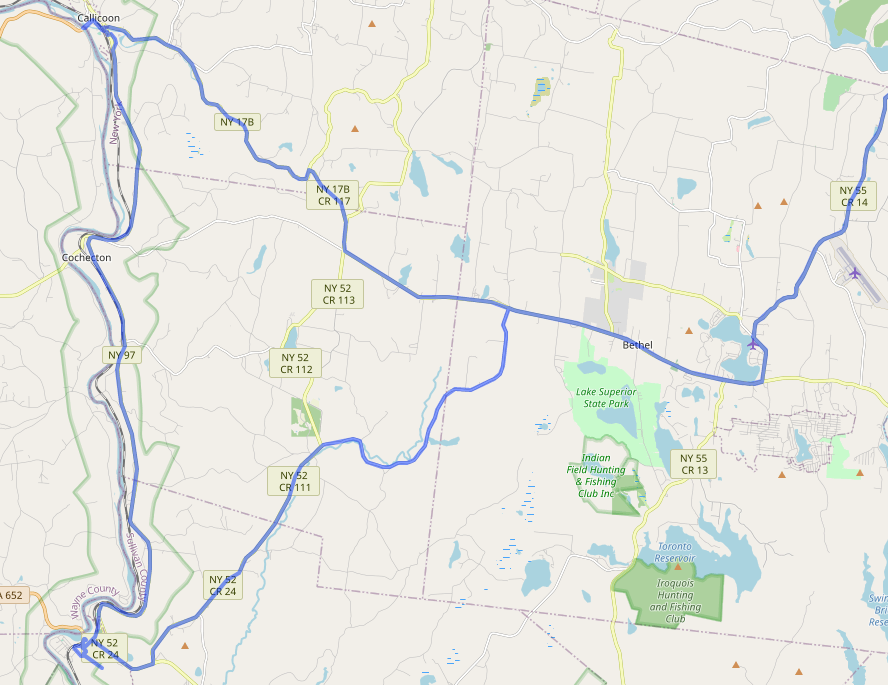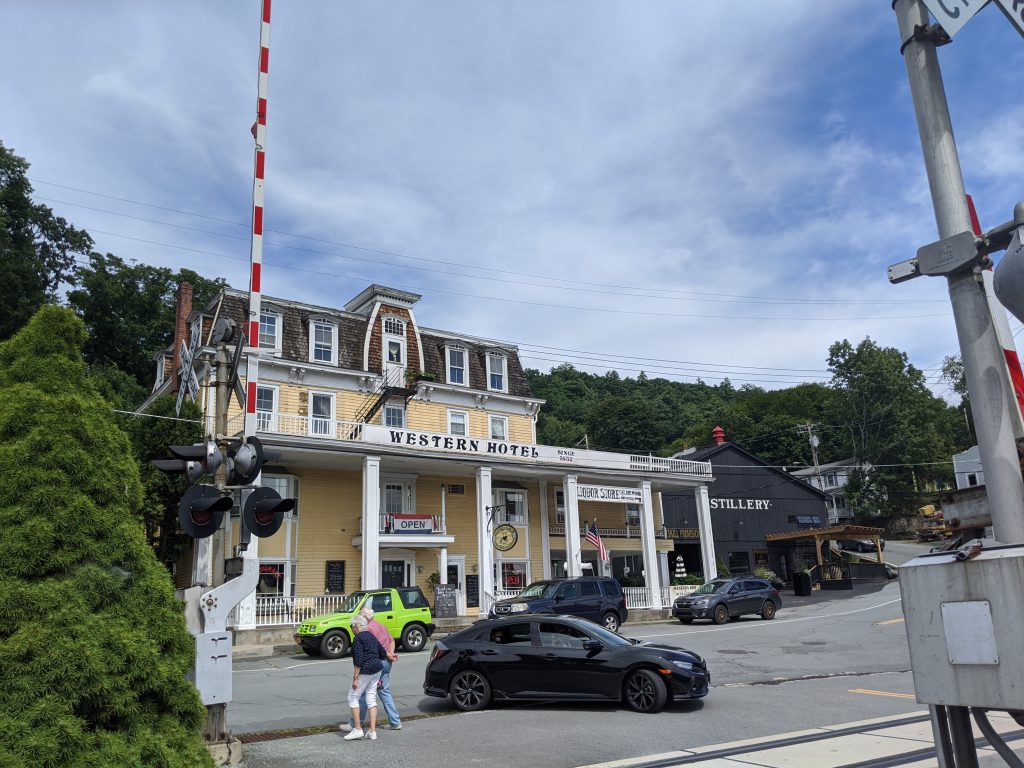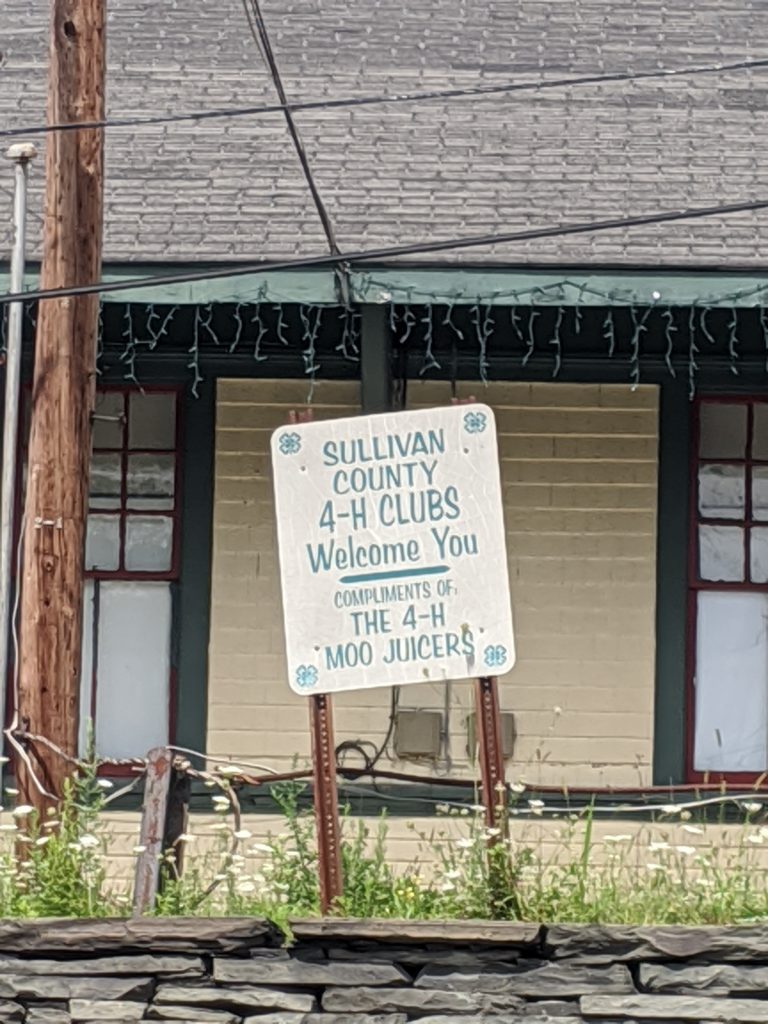Month: August 2020
MapConsistent Microformats
Many people have written code to solve this problem. I do it in my library, Parse This. Aaron Parecki does it in his XRay library. The Microsub specification has a stricter jf2 output in order to simplify the client having to make all sorts of checks.
This is the point. It is easier to consume a clean and consistent parsed microformats structure. Some of this would probably be solved by some consensus on the matter.
So, what does Parse This, and its ilk do? I lack a name for this sort of code.
- It has two options: feed or single return
- Feed tries to identify and standardize an h-feed. This means if there are multiple top level h- items, it will try to convert it into an h-feed.
- Single will try to identify the top level h- item that matches the URL of the page.
- In both cases, it will run authorship discovery in order to find the representative author and add this as an author property to the h-feed, or single h-entry etc.
- It will try to run post type discovery.
First, if there is no author property on the h-entry(it could be a different h- element), can I assume that a top-level h-card also reflects the page author?
Second, if there is an author property that is a URL, is there a point in checking to see if there is a more complete top-level h-card with the same URL on the page? It seems this is also a practice that people do.
Constructed by the city-owned Independent Subway System (IND), the A train, known then as the 8th Avenue System, opened in 1932 as a 12-mile subway line running from 207th Street in Upper Manhattan to Chambers St in Lower Manhattan. By the 1950s, the line had grown to be the longest line in the New York City subway system, running 31 miles across three boroughs and traversing diverse communities along the way. It is also known for having been immortalized in Billy Strayhorn’s song ‘Take the A Train’, a song which has become a celebration of the subway itself.
Join Museum Educator Kate Lanceley for a digital discussion that will explore the history of the A train line. Discover unique features of the line and the history of its construction, including the individuals who helped build it and stories about some of the communities it serves.





